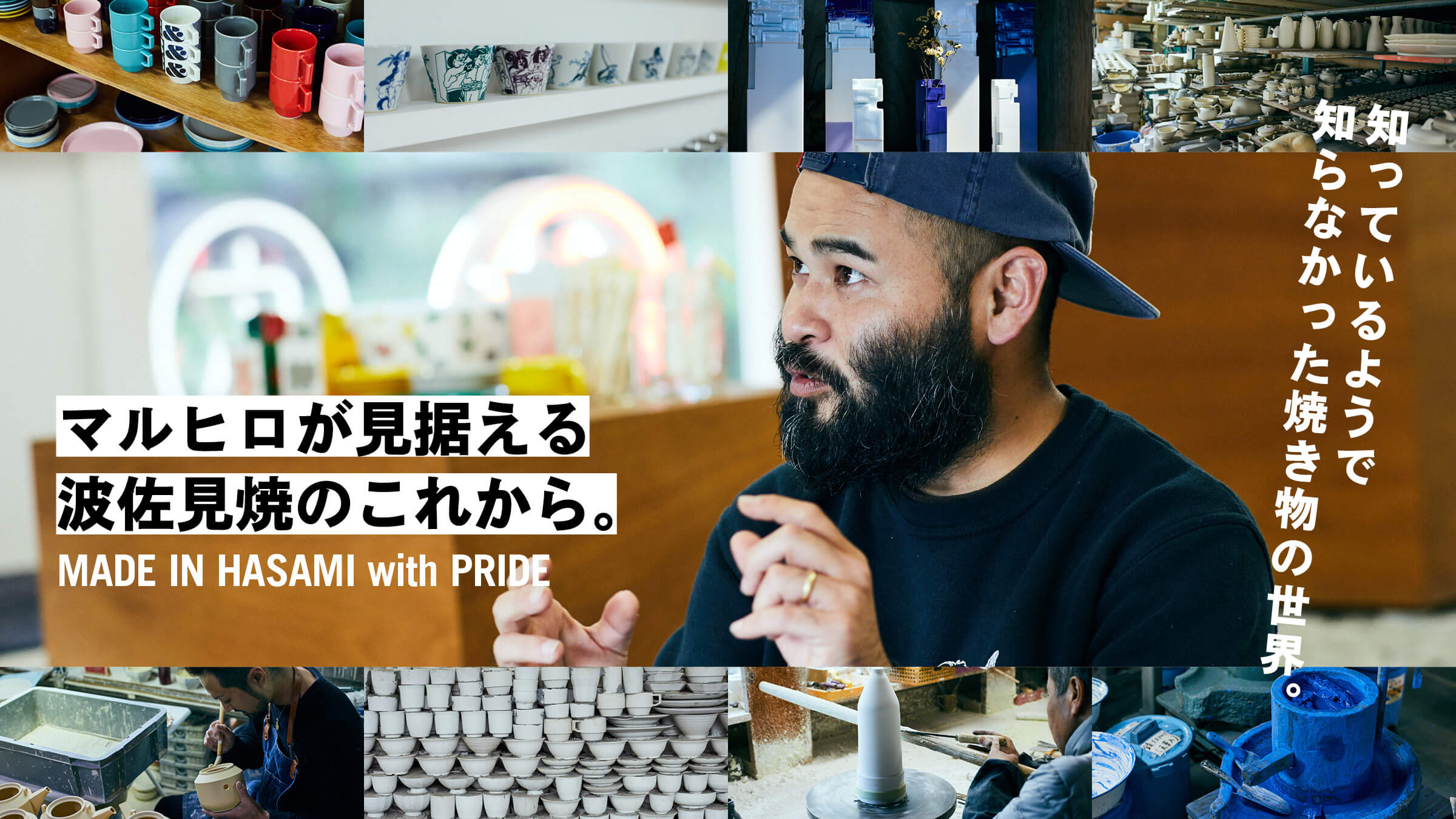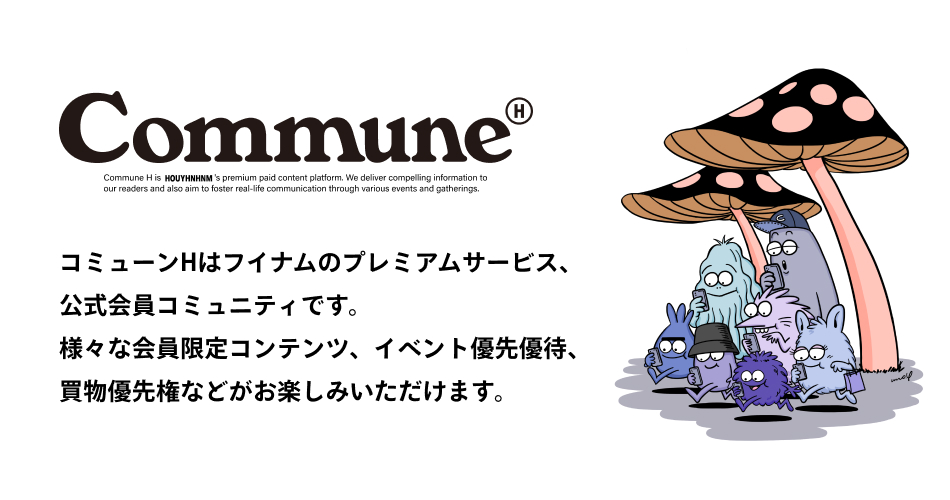Various chemical equations acquired through trial and error.

Even a few percent difference in composition can change the finished product as you can see.
Glaze making is a detailed calculation. It is completely the world of chemistry.
A glaze is a glass coating applied to the surface of a pottery fabric. It is used to toughen, shine, and color the pottery. Glaze makes it possible to express patterns and colors that cannot be expressed by glaze or underglaze painting alone, such as overglaze painting or transfer seals.

Many glazes are being prepared at the same time. Ichinose's mind is filled with various chemical formulas.
This is the factory where the glaze is made. Inside the machine, glaze is being made. Shigeki Ichinose, a craftsman who has been making glazes here for 40 years, is checking them with a serious eye. Glazes are made by mixing various minerals and pigments. Of course, the mixture varies depending on the color and texture you want to achieve, but the difficult part is the temperature and method of firing the pottery, as well as the properties of the fabric, all of which affect the finished product. It is a world of chemistry," he says.
Following Ichinose's words, Baba also spoke about the following. The way the texture comes out also depends on the kiln, and where the pottery is placed in the kiln. This can lead to mistakes, but it can also lead to unique results that are beyond imagination.




Here are some of the raw materials. There are many different types of raw materials, and we mix them according to the type of pottery we are making,
Countless patterns exist.
In the factory, many raw materials for making glazes and machines for mixing them were crammed together. There are various raw materials such as feldspar, which is the backbone of glaze, dissolving materials to dissolve it, and clayey materials to make it easier for the glaze to stick to the fabric," said Ichinose. Some glazes are standard, but recently we have seen an increase in custom-made glazes," says Ichinose. Some glazes have a hard iron-like finish, while others have a softer, dripping texture.

For a week, the miller turns the mortar a total of 50 times to grind the ingredients. Just imagining it is daunting.
The raw materials are fired once to dissolve the ingredients, and then the particles are refined through a number of machines. Mr. Ichinose says, "It takes about half a month to make one glaze. It takes a long time to grind it down to a fine particle level. It would be very difficult if the particles were still coarse and damaged the fabric," he says. In the end, the glaze is ground by hand, turning the mortar over and over again, until a paste-like glaze is finally produced.

Ichinose-san looks at the glaze with a gentle gaze, as if gazing at her own child.
He studied on his own and honed his skills through repeated trial and error.
Imagining the image of the finished piece, he mixes the glaze accordingly. However, since this is a world of chemistry, unexpected reactions can occur. Glaze making is perhaps the most difficult process to control quality. Hats off to Mr. Ichinose for maintaining a stable supply.
So the glaze making process ends here. Next, we head to the kiln for the final finishing process.









